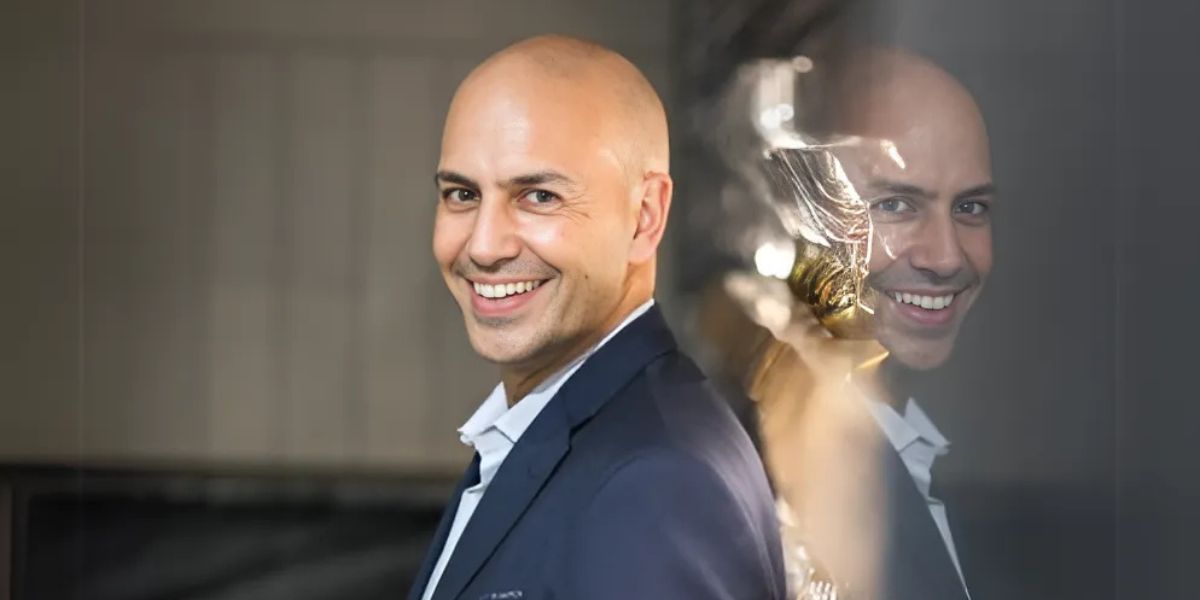A company’s culture isn’t just a buzzword; it’s often a strategic advantage. In today’s fast-paced business environment, organizations that prioritize strong, people-centered cultures tend to outperform competitors in productivity, innovation, and retention. Yet, many CEOs still treat culture as an HR function rather than a critical leadership priority.
A thriving workplace culture doesn’t solely rely on ping-pong tables or casual Fridays. It often depends on cultivating an environment where employees feel valued, engaged, and aligned with the organization’s purpose. That’s the philosophy behind the V.A.L.U.E. Culture Formula, outlined in Culture Secrets: Secrets Leaders Use to Build a V.A.L.U.E. Culture.
The V.A.L.U.E. framework offers a practical, CEO-led roadmap for fostering a high-performing culture that can drive both employee satisfaction and bottom-line results.
The V.A.L.U.E. Culture Formula
V – Vision: Define and communicate your company’s purpose
A – Accountability: Establish clear expectations and ownership
L – Leadership: Lead by example to inspire and influence
U – Uniqueness: Recognize and leverage individual strengths
E – Engagement: Foster connection, input, and contribution
When these five elements are aligned and activated, culture can evolve from an abstract concept into a tangible asset that may attract premier talent, boost retention, and fuel innovation.
Vision: The Foundation of a People-First Culture
A company’s vision must go beyond the lobby wall. It should ideally be a living, breathing force that guides every decision, behavior, and goal. Employees often thrive when they understand their company’s purpose and see how their work contributes to a larger mission.
Case in Point: As highlighted in Culture Secrets, Rich Sheridan of Menlo Innovation, a tech company, shared how they once struggled with disengagement and high turnover. After redefining their vision statement to focus on innovation and employee well-being, leadership took deliberate steps to align policies, hiring practices, and daily interactions with that vision. Over time, employee engagement scores increased, and retention rates improved noticeably.
CEO Takeaways
- Share the vision regularly—don’t assume it’s understood.
- Align performance metrics and rewards with the long-term vision.
- Invite employees into vision-building conversations to foster ownership.
Accountability: The Key to Trust and Productivity
Culture can begin to crack without consistent accountability. Employees often crave clarity, fairness, and leaders who walk the talk. In its absence, trust may erode, and morale can dip.
The Fix: Make accountability a shared value—from the C-suite to the front line. Build a feedback-rich environment that encourages transparency, growth, and results.
CEO Takeaways:
- Model the behaviors and standards expected from your team.
- Build a feedback culture rooted in trust, not fear.
- Shift performance reviews from punitive to developmental.
Leadership: Culture Starts at the Top
Culture doesn’t trickle up—it cascades down. Executive teams play a critical role as champions of workplace culture. Without their visible and active support, culture initiatives may lose traction.
Example: As outlined in Culture Secrets, Panasonic Automotive launched a “Culture Rebel-ution” to embed a people-first mindset at every leadership level. The initiative included emotional intelligence training and transparent communication strategies. The result? They earned recognition as one of the Top 101 Best & Brightest Companies to Work For, year after year.
CEO Takeaways:
- Equip leaders with tools in communication, inclusion, and emotional intelligence.
- Promote open-door leadership that invites connection and feedback.
- Publicly recognize leadership behaviors that align with core values.

Uniqueness: The Power of Individual Strengths
Inclusion isn’t just about numbers; it’s about nurture. Organizations often thrive when they celebrate differences and empower employees to bring their full selves to work.
True culture embraces uniqueness, not as a corporate initiative but as a way of working. This might include allowing space for creative expression, flexible work styles, and personalized contributions.
CEO Takeaways:
- Train managers to identify and cultivate employee strengths.
- Foster psychological safety that allows for authentic dialogue.
- Personalize roles and responsibilities where possible to support success.
Engagement: Turning Employees into Advocates
Engagement goes beyond satisfaction—it signals commitment. Engaged employees are more likely to be emotionally invested in their work, their team, and the company’s success.
But engagement is earned. It’s nurtured through trust, purpose-driven work, and genuine connection.
Ways to Spark Engagement:
- Involve employees in key decisions and innovation efforts.
- Tie daily tasks to a larger purpose.
- Deliver recognition that’s meaningful and personalized.
CEO Takeaways:
- Use pulse surveys and act transparently on results.
- Encourage peer mentoring and cross-functional connections.
- Design meaningful roles that allow employees to grow and contribute.
The Bottom Line: Culture Starts and Sticks with the CEO
Culture isn’t a “nice to have.” It’s a leadership commitment. The V.A.L.U.E. Culture Formula provides a scalable approach to creating workplaces where people are more likely to thrive, and companies are better positioned for growth.
When leaders embrace culture as a business strategy, they can unlock performance, elevate engagement, and build lasting impact.
Learn More:
Explore more Culture Secrets. Listen to the Culture Secrets Podcast for real-world stories from leaders transforming workplace culture.
Chellie Phillips is a workplace culture expert, speaker, and notable author dedicated to helping leaders create thriving, people-first organizations. Through her V.A.L.U.E. Culture Formula, she equips businesses with tools to build engaged teams, boost retention, and drive long-term success. Learn more about her books, podcast, and leadership programs at www.chelliephillips.com.
Published by Jeremy S.











